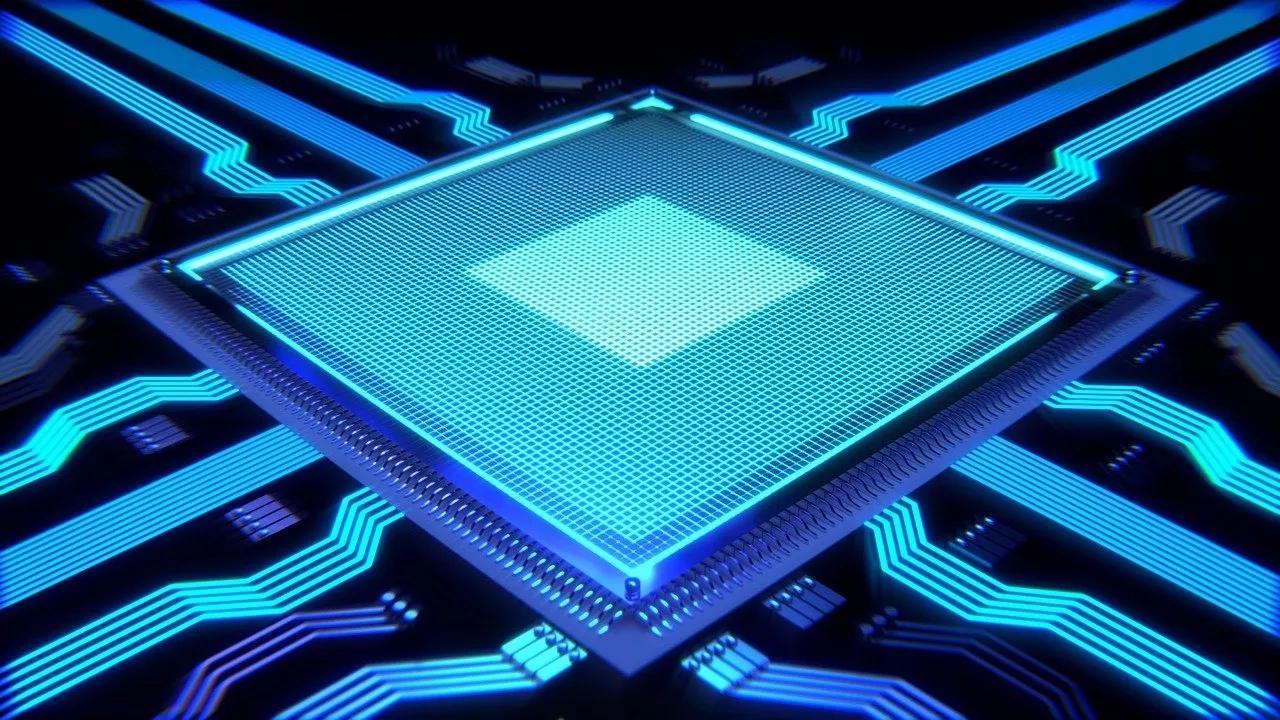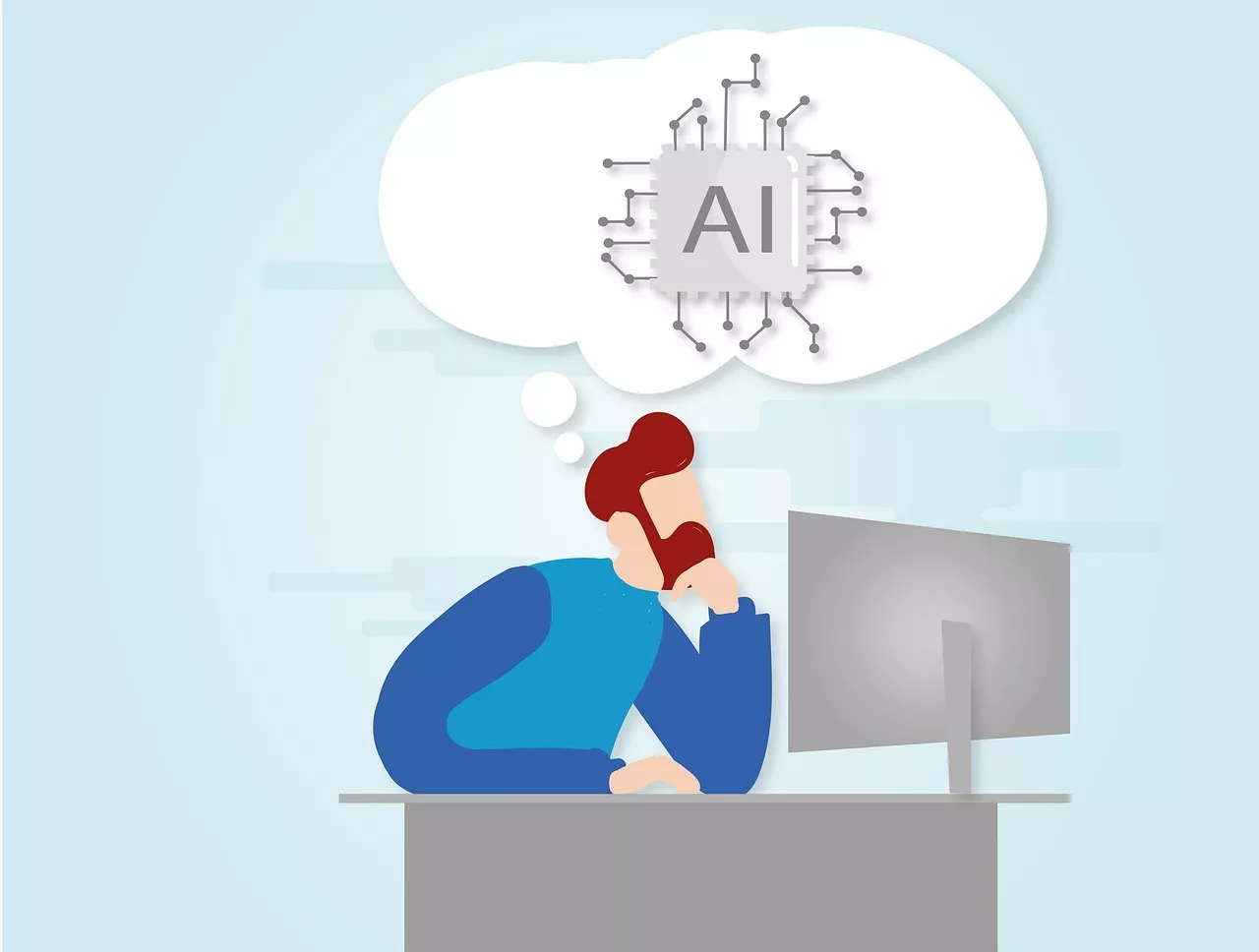The Evolution of Linux Market Share Over Time
The journey of Linux from a niche operating system to a cornerstone of modern computing is a remarkable tale of open-source success. This evolution is not just confined to servers or desktops but encompasses a wide array of devices, thanks to the Linux kernel's adaptability. Android, a titan in the mobile operating system market, also owes its existence to the Linux kernel, further diversifying the Linux ecosystem's reach and influence. This article explores the trajectory of Linux's market share across different domains over time, illuminating its growth, challenges, and the pivotal role of Android in its widespread adoption.
The Early Days of Linux
In the early 1990s, Linux began its journey as a free operating system created by Linus Torvalds. Initially, it was the purview of hobbyists and developers who relished the idea of a free, open-source, and customizable operating system. During these formative years, Linux's market share was minuscule, overshadowed by the dominion of Unix in servers and Microsoft Windows in personal computing. However, its potential was unmistakable, attracting a growing community of enthusiasts and developers.
The Rise in Server and Enterprise Adoption
The late 1990s and early 2000s marked a significant turning point for Linux. Enterprises started recognizing Linux's reliability, stability, and cost-effectiveness for server use. This period saw the emergence of commercial distributions like Red Hat and SUSE, which provided the support and services necessary for enterprise adoption. Consequently, Linux's market share in the server domain began to climb steadily.
The flexibility of Linux also made it an ideal choice for hosting websites, applications, and databases. As the internet boomed, so did the demand for Linux servers. By the mid-2000s, Linux had firmly established itself as a key player in the server market, challenging established giants like Microsoft and Sun Microsystems.
Expansion into Desktops and Beyond
Linux's penetration into the desktop market has been slower compared to servers. While it offered a free and open alternative to Windows and macOS, Linux faced challenges in user-friendliness and hardware compatibility. However, distributions like Ubuntu have made significant strides in improving the desktop experience, attracting a niche but growing user base interested in open-source principles or seeking alternatives to mainstream operating systems.
Furthermore, Linux found its way into a variety of other devices, from routers and IoT devices to supercomputers. Its versatility and open-source nature allowed manufacturers and developers to tailor the operating system for specific needs, paving the way for Linux's expansion beyond traditional computing devices.
The Android Phenomenon
Android's launch in 2008 was a watershed moment for Linux. Powered by the Linux kernel, Android offered an open, customizable platform for mobile devices. Its adoption by smartphone manufacturers skyrocketed, propelling Linux to unprecedented levels of market penetration.
Today, Android holds the lion's share of the mobile operating system market, with billions of devices worldwide running on Android. This success has contributed significantly to Linux's market share when considering the broader ecosystem of devices powered by the Linux kernel. Android's dominance in smartphones, tablets, and a growing presence in wearables and automotive systems underscores the versatility and adaptability of Linux.
Current Landscape and Future Prospects
The current landscape of Linux's market share is a testament to its resilience and adaptability. In the server domain, Linux continues to grow, driven by the demand for web services, cloud computing, and big data analytics. Linux-based operating systems power a majority of the internet's servers, and it is the preferred choice for cloud platforms.
In the desktop market, Linux maintains a smaller but stable presence. Various distributions cater to different needs, from the user-friendly Ubuntu and Linux Mint to the power-user-centric Fedora and Debian. The rise of Chrome OS, another Linux-based operating system, has also introduced Linux to a broader audience through Chromebooks.
The proliferation of IoT devices presents another frontier for Linux, with its ability to run on a wide range of hardware configurations making it a popular choice.
Android, meanwhile, continues to dominate the mobile landscape, with ongoing development and innovation ensuring its position as a key driver of Linux's market share.
Challenges and Opportunities Ahead
Despite its successes, Linux faces challenges. In the desktop market, Linux must continue improving user experience and hardware support to attract a broader user base. Security, always a paramount concern, requires ongoing vigilance as Linux systems are not immune to vulnerabilities.
The open-source nature of Linux presents both a challenge and an opportunity. While it fosters innovation and collaboration, it also requires coordination and effort to maintain security and develop new features.
The rise of edge computing and AI presents new opportunities for Linux, demanding operating systems that can run efficiently on a wide range of devices. Linux's flexibility and open-source model position it well to play a significant role in these emerging technologies.
Conclusion
The evolution of Linux's market share over time is a narrative of growth, diversification, and adaptation. From its humble beginnings to powering the majority of the world's smartphones via Android, Linux has proven its value and resilience. As technology continues to evolve, Linux's open-source ethos, community support, and inherent adaptability will undoubtedly continue to drive its expansion and innovation across the computing landscape.











